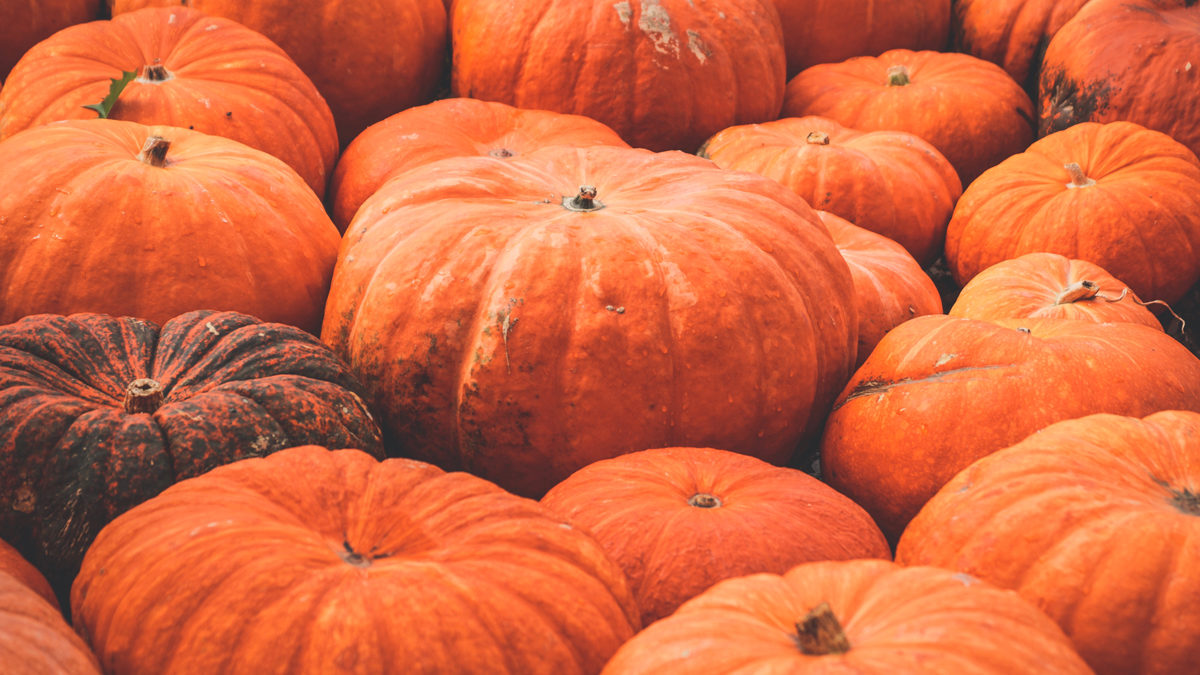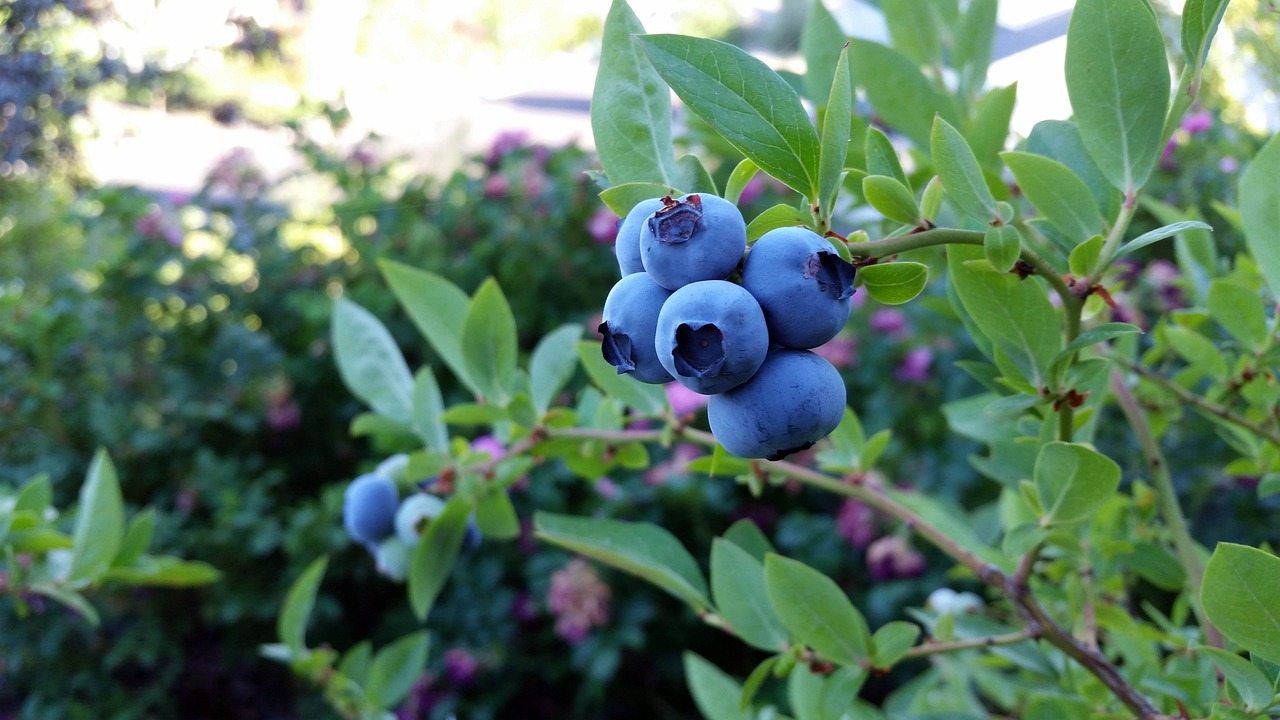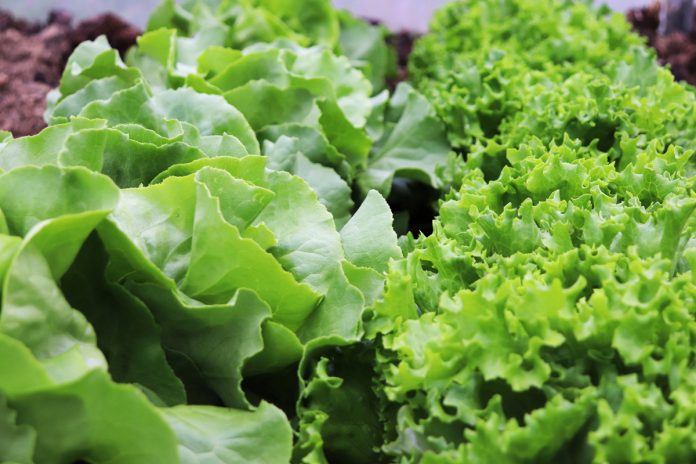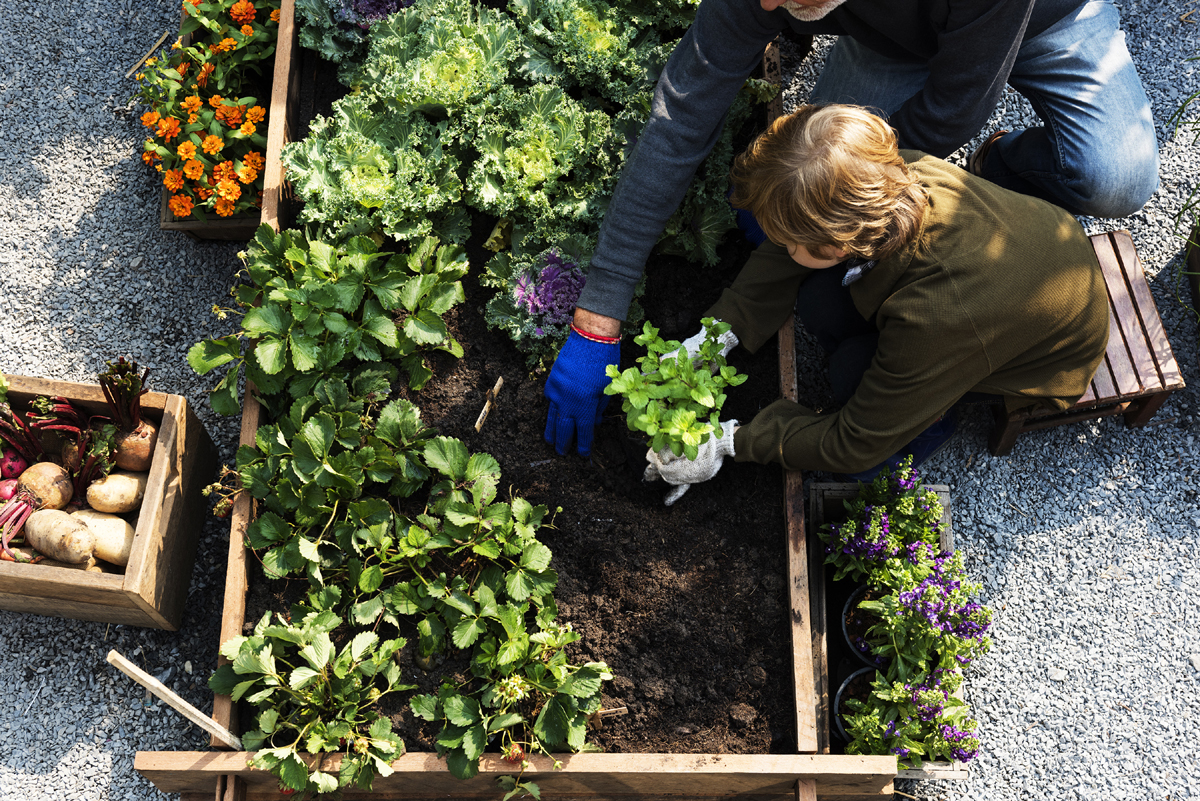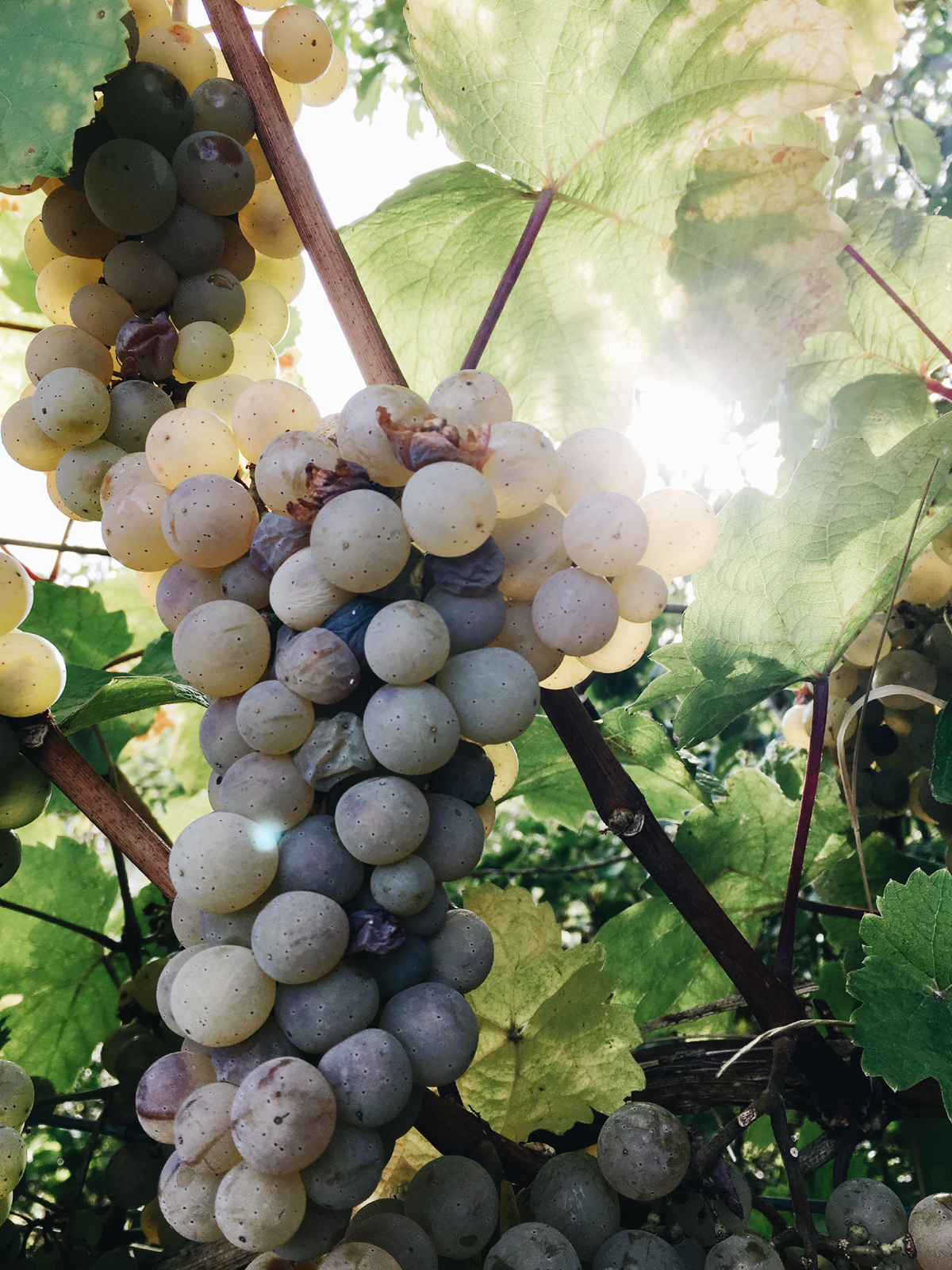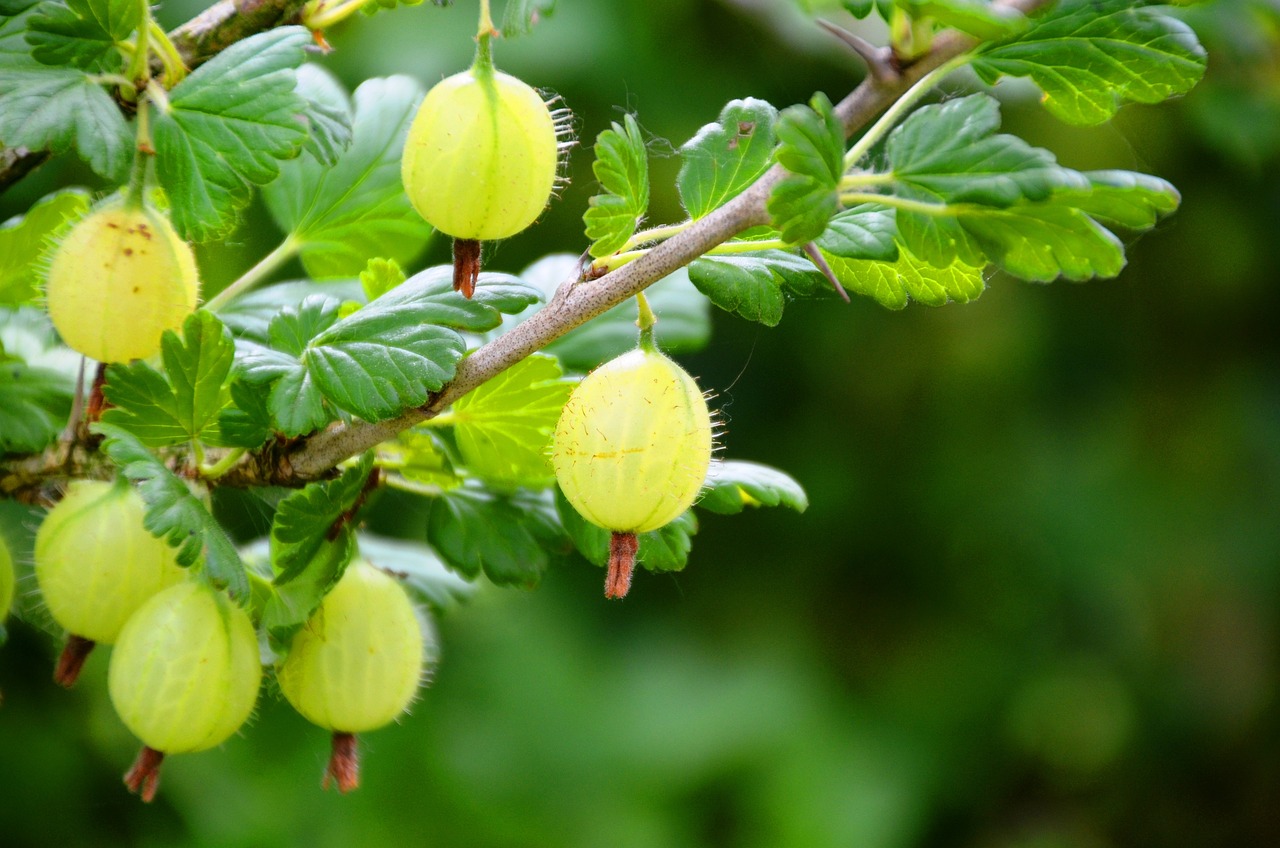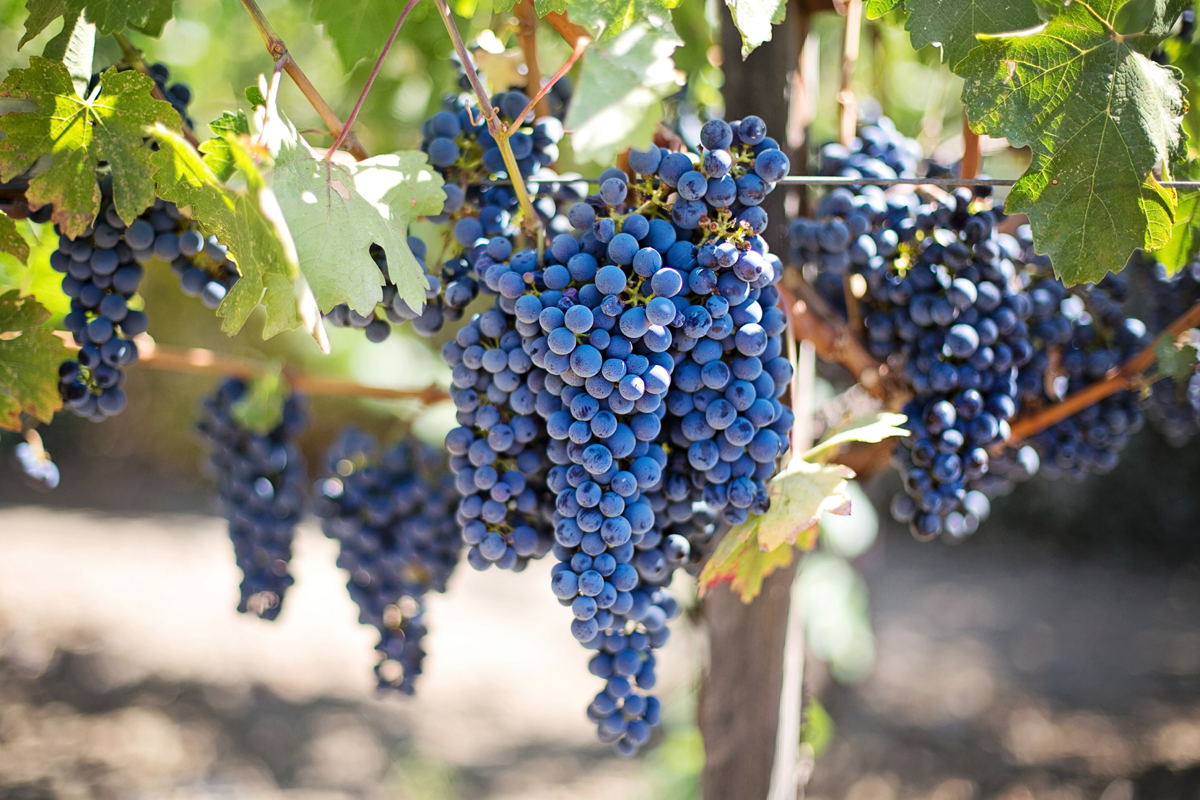Growing Radishes: Tips for a Bountiful Harvest
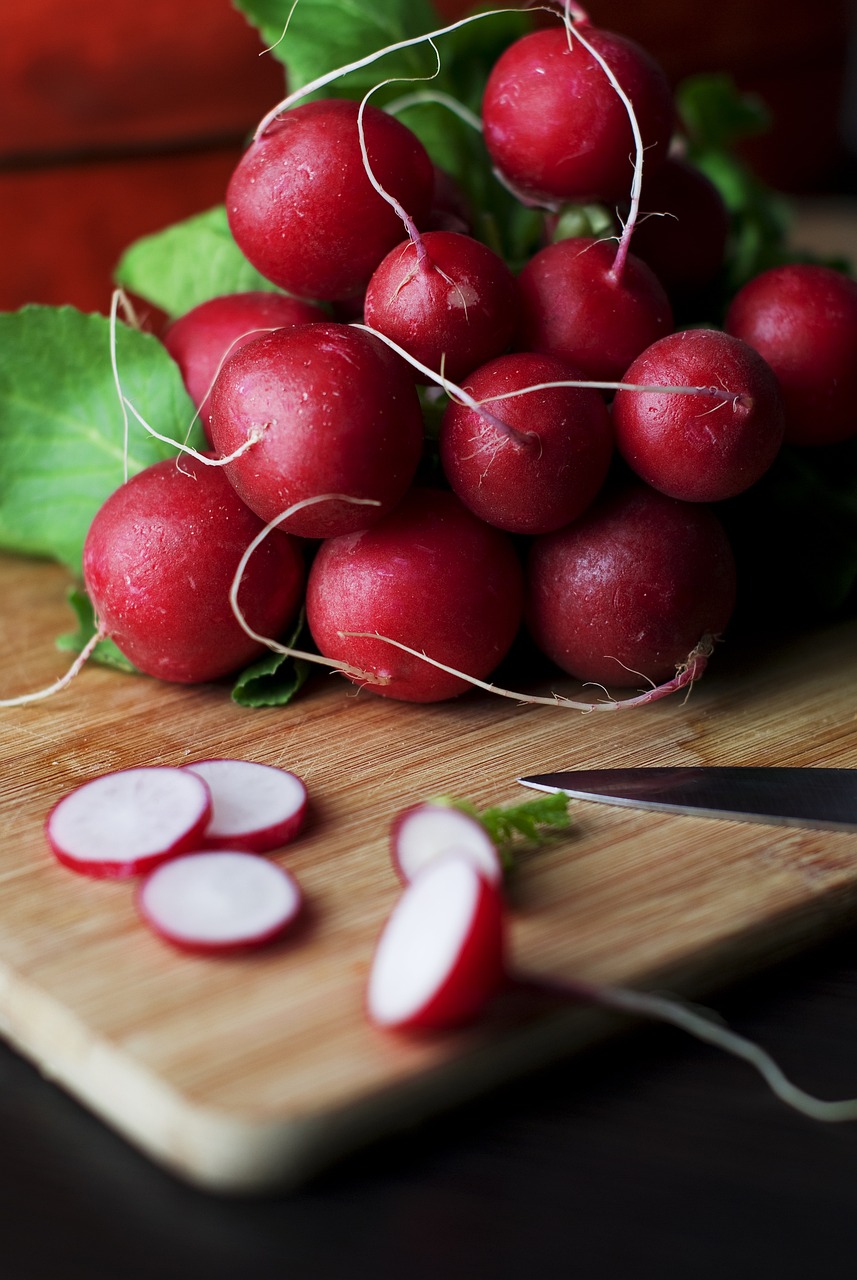
When it comes to growing radishes, taking a holistic approach can help you cultivate a bountiful harvest. Holistic gardening practices prioritize the health of the entire ecosystem, including the soil, plants, insects, and wildlife. By cultivating a healthy and vibrant garden, you can create an environment that supports the growth and vitality of all living things.
Here are some tips for growing radishes holistically:
Choose The Right Location:
Radishes thrive in cool weather, so choose a spot in your garden that receives partial shade in the afternoon. Make sure the soil is well-drained and rich in organic matter.
Prepare The Soil:
Before planting radishes, prepare the soil by adding compost or well-rotted manure. This will provide the necessary nutrients for seedlings to grow strong and healthy.
Plant Radishes at The Right Time:
Radishes grow quickly and can be planted as soon as the soil can be worked in the spring. You can also plant them in the fall if you live in a milder climate.
Space Seeds Properly:
Sow radish seeds thinly, about 1/2 inch deep and 1 inch apart. Thin the seedlings to 2-3 inches apart once they have grown to 1-2 inches tall.
Mulch for Moisture Retention:
Radishes prefer moist soil, so apply mulch around the plants to help retain moisture. This will also help prevent weeds from growing and competing with your radishes for nutrients.
Watering & Fertilizing
Radishes prefer consistent moisture throughout their growing period, so it’s essential to water them regularly. You should water radishes once or twice a week, ensuring that the soil is moist to a depth of about 6 inches.
As for fertilizing, radishes are light feeders and do not require much fertilizer. You can use a balanced fertilizer just once at the time of planting. You can also add a little compost or well-rotted manure to the soil a few weeks before planting. However, too much nitrogen can cause the radish roots to be too leafy, so be careful not to over-fertilize.
Practice Companion Planting:
Radishes grow well with a variety of other plants, including carrots, lettuce, and spinach. Companion planting can help deter pests, attract beneficial insects, and improve soil health.
Use Natural Pest Control Measures:
Common pests that can affect radishes include flea beetles, aphids, cutworms, and root maggots. To get rid of them naturally, you can try the following:
1. Companion planting: Planting radishes with other crops like lettuce, cucumbers or beans can help reduce pest infestations.2. Neem oil spray: Mix one tablespoon of neem oil with one teaspoon of liquid soap in a gallon of water. Spray this on the leaves of your radish plants to deter pests.
3. Beneficial insects: Introduce beneficial insects like ladybugs or lacewings into your garden, as they prey on many common radish pests.
Harvest Radishes at The Right Time:
Radishes are ready to harvest when they reach their mature size, usually within 3-4 weeks (25-30 days) of planting. You can tell if they are ready by gently pulling them out of the soil. If they come out easily, they are ready for harvest. Cut off the greens about an inch above the root, and store them in the refrigerator in a plastic bag for up to two weeks.
How to Use Radishes:
Radishes are versatile and can be eaten raw or cooked. You can slice them and add them to salads or sandwiches, sauté them with other vegetables, or pickle them for later use.
To Dehydrate Radishes:
Wash and trim the radishes. Cut them into thin slices or small pieces. Arrange the radish slices/pieces in a single layer on a dehydrator tray. Set the dehydrator at 125°F and let it run for about 6-8 hours or until the radishes are completely dried and crispy. Once the radishes are dehydrated, turn off the dehydrator and let them cool down.
Store the dehydrated radishes in an airtight container or a ziplock bag and keep them in a cool, dry place.
Dehydrated radishes can be used as a crunchy snack, added to salads, soups or stews, or used as a topping for various dishes.
By following these tips for growing radishes holistically, you can enjoy a bountiful harvest of delicious and nutritious radishes while promoting the health of your garden ecosystem.
The Author:
Pioneerthinking.com – Ingredients for a Simple Life.
Photo. Tookapic

